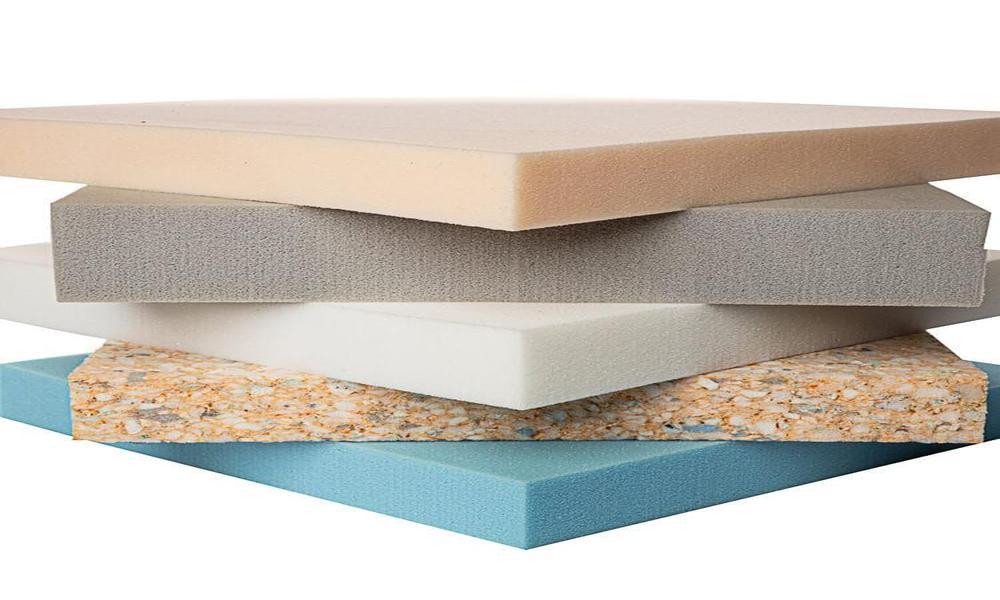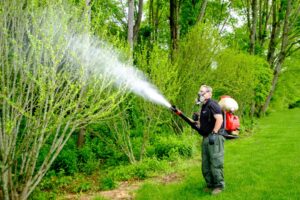
Yes, foam filling can be used for insulation purposes. There are two main types of foam insulation commonly used:
Spray Foam Insulation:
Spray foam insulation is applied using a spray gun, and it expands to fill and seal gaps, voids, and cavities Open-cell foam is less dense and has a lower R-value (a measure of thermal resistance), while closed-cell foam is denser and offers higher insulation values. Spray foam insulation provides an effective air barrier and thermal insulation, helping to prevent heat transfer and improve energy efficiency.
Foam Board Insulation:
Foam filling board insulation, also known as rigid foam insulation, is made from polystyrene or polyurethane foam. It comes in rigid panels or sheets that can be cut to size and installed on walls, roofs, or other surfaces. Foam board insulation provides excellent thermal resistance and can be used in various applications, including walls, roofs, and foundations.
Both spray foam insulation and foam board insulation offer benefits such as:
Foam insulation helps to reduce heat transfer and maintain comfortable indoor temperatures. Foam insulation fills gaps and cracks, creating an effective air barrier that prevents air infiltration and enhances energy efficiency. Closed-cell foam insulation is resistant to moisture, which can help prevent issues like mold growth and moisture damage Foam insulation can help reduce sound transmission, improving acoustic comfort within a space.
Are there any safety precautions or considerations associated with foam filling?
Yes, there are safety precautions and considerations associated with foam filling. While foam filling is a commonly used insulation material, it is important to follow proper safety guidelines during installation and be aware of potential risks.
Proper ventilation: During the installation of spray foam insulation, adequate ventilation is crucial. The fumes emitted during the application process can be harmful if inhaled in high concentrations. Ensure that the area being sprayed is well-ventilated and consider using respiratory protection, such as masks or respirators, as recommended by the manufacturer.
Protective clothing and gear: Wear appropriate protective clothing, including long sleeves, long pants, gloves, and safety goggles, when handling and installing foam insulation. This will help prevent direct contact with the skin and eyes, minimizing the risk of irritation or allergic reactions.
Professional installation: Foam insulation, especially spray foam, requires specialized knowledge and equipment for proper installation. It is advisable to hire trained professionals who are experienced in working with foam insulation. They will have the necessary skills and expertise to handle the materials safely and ensure correct application.
Fire safety: Foam insulation can be flammable, particularly the blowing agents used in some formulations. It is essential to follow fire safety regulations and building codes when using foam insulation. Ensure that the product being used meets fire safety standards and consider adding fire-resistant barriers or coatings as required by local regulations.
Curing time and off-gassing: Foam insulation undergoes a curing process after installation, during which it expands and hardens. It is important to allow sufficient curing time as recommended by the manufacturer before entering the treated area. Additionally, some foam insulation products may emit volatile organic compounds (VOCs) during the curing process. Adequate ventilation and proper curing can help minimize off-gassing and ensure a safe indoor environment.
Health considerations: Individuals with respiratory conditions or sensitivities may be more susceptible to the fumes or particles released during foam insulation installation. Consult with a healthcare professional if you have concerns about the potential health effects and take appropriate precautions, such as temporarily vacating the area during installation and ensuring proper ventilation afterward.
The author, Dr. David K Simson is a trained radiation oncologist specializing in advanced radiation techniques such as intensity-modulated radiotherapy (IMRT), image-guided radiotherapy (IGRT), volumetric modulated arc therapy (VMAT) / Rapid Arc, stereotactic body radiotherapy (SBRT), stereotactic radiotherapy (SRT), stereotactic radiosurgery (SRS). He is also experienced in interstitial, intracavitary, and intraluminal brachytherapy.








